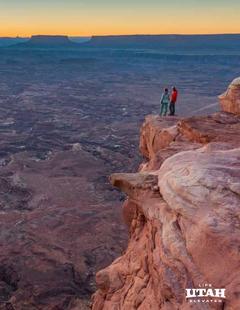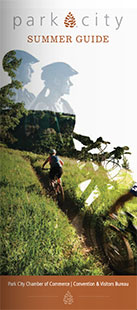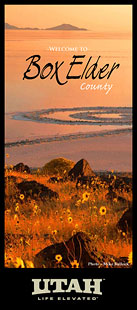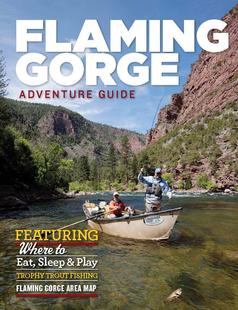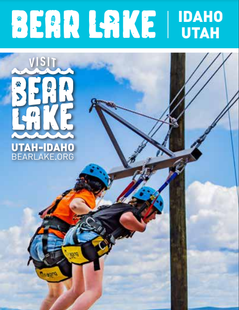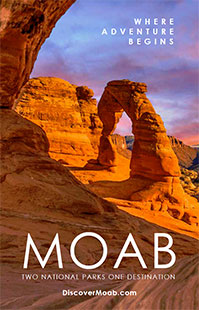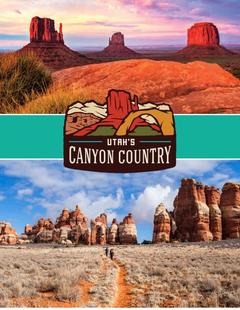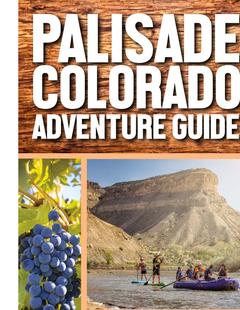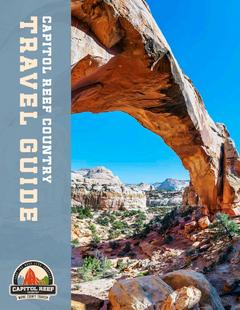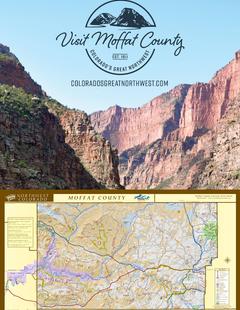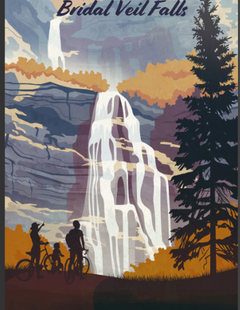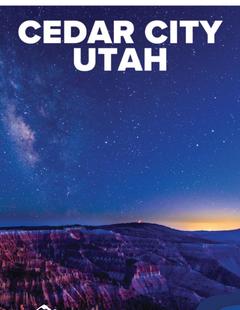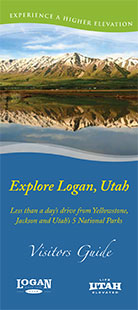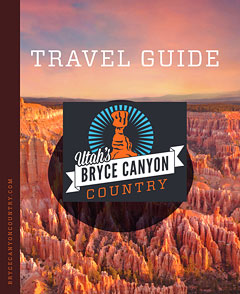Basics
- Location:
- Deseret Peak Wilderness Area, west of Salt Lake City
- Length:
- 10 mile roundtrip
- Difficulty:
- Difficult
- Time:
- 5 to 6 hours
- Elevation Change:
- 3610 feet
- Season:
- July to September
Description
Details
Location:
Length:
Difficulty:
Time:
Elevation Change:
Season:
Additional Details:
At the top of the ridge you will encounter a 4-way junction in the trail with signs marking the way to Deseret Peak, Bear Fork, Antelope Canyon, and Loop Campground. The Deseret Peak Trail climbs again up the south side of another intersecting ridge and finally reaches the peak after 0.9 mile.
Many of northern Utah’s most prominent features can be seen from the top of Deseret Peak, including the Great Salt Lake and the Wasatch Front. Stansbury Island, 25 miles north in the Great Salt Lake, is thought to be an extension of the Stansbury Mountains. On most days it isn’t difficult to see Mount Nebo, 60 miles to the southeast on the southern end of the Wasatch Mountains. And in the west more of the Great Basin ranges can be seen, including the Cedar Mountains, 20 miles away.
From the peak the loop trail continues northward, staying on the top of the summit ridge for about 0.4 mile and then dropping down 200-300 feet below the ridge on the west side. The trail is not as well maintained here and there may be some confusion at times. But there are few trees at this altitude, and you can occasionally see parts of the trail far ahead.
Finally, 1.6 miles after leaving the summit of Deseret Peak, the trail makes an abrupt turn to the right, crosses to the east side of the ridge, and starts down again towards Mill Fork Canyon. About 0.7 mile after leaving the ridge the trail intersects the Willow Lakes trail, where you should turn right. From that point the path is much more distinct.
As shown on the map, it is possible to cross the summit ridge and drop down towards Mill Fork about 0.4 mile before the main trail does so. Doing this saves about a mile of walking, but is unlikely to save any time as it is much easier to walk on the trail. You will recognize this alternative route because the Forest Service has placed an 8-foot-high juniper pole on the ridge at the point where the route departs from the main trail.
After you meet the Willow Lakes trail it is an easy walk back to Mill Fork, from where you can retrace your steps for the last 0.7 mile to the Mill Fork Trailhead.














